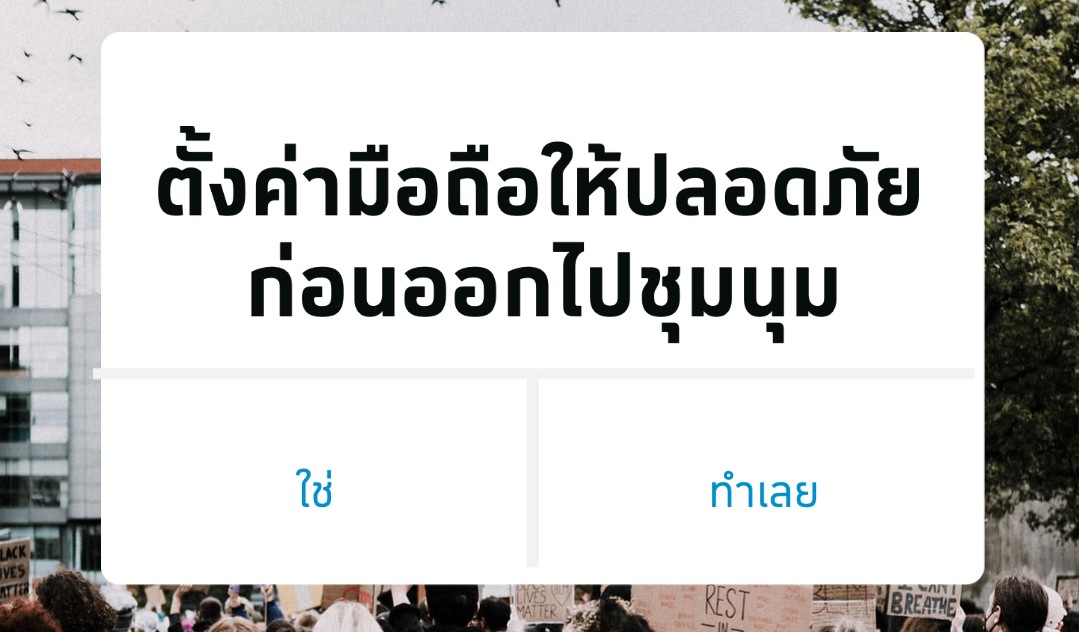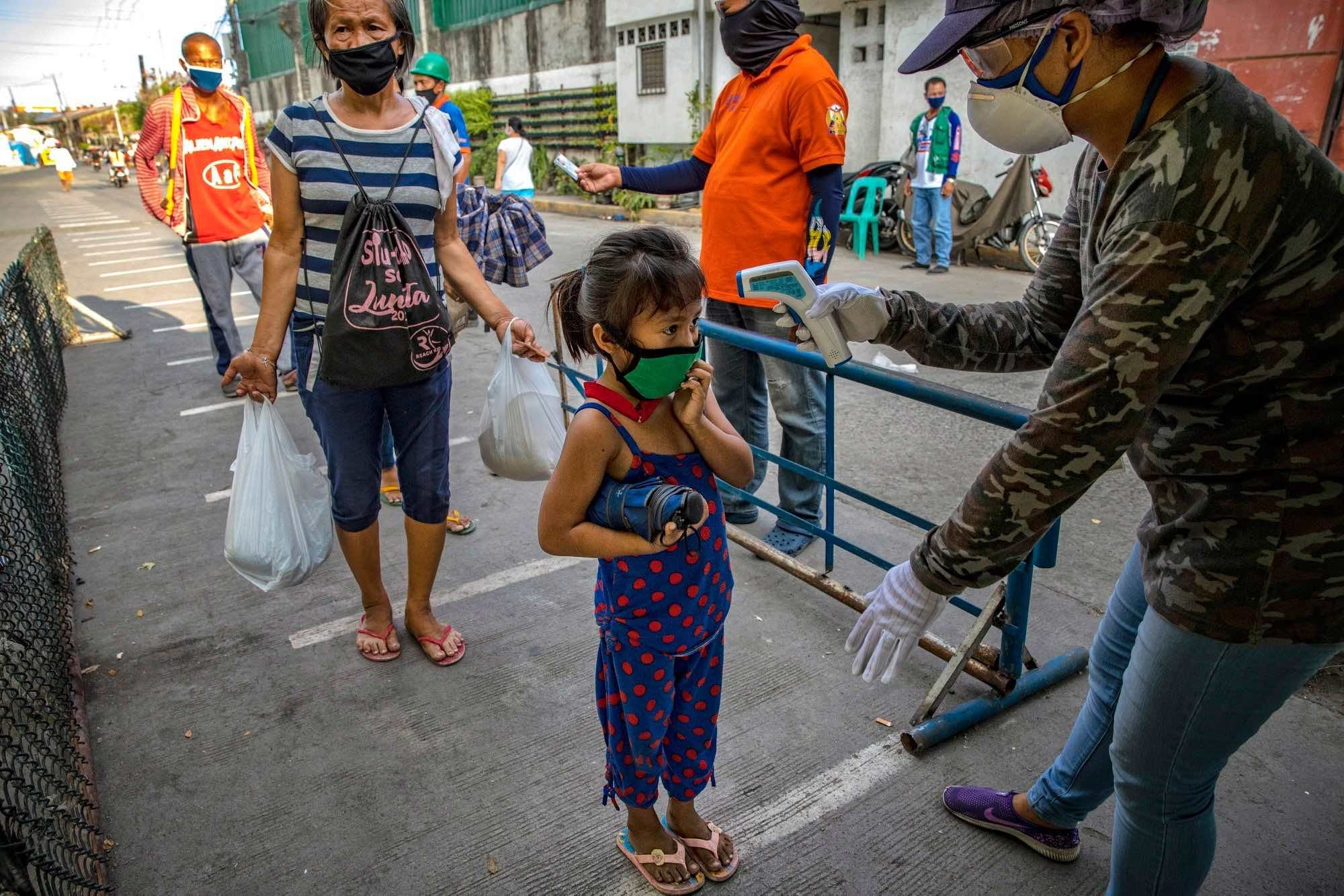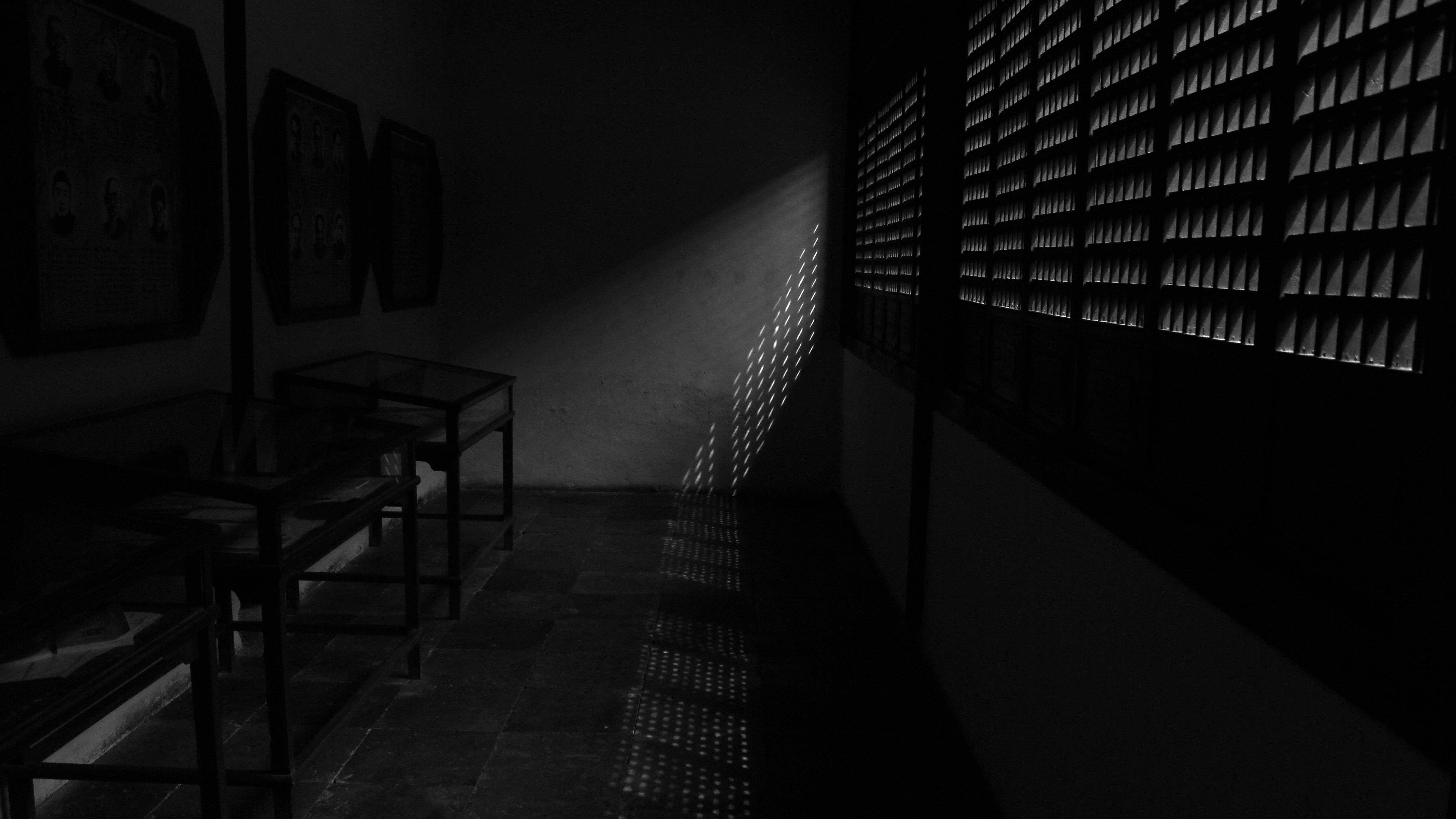Tactics to secure your smartphone before joining a protest
25 June 2020
Amnesty International
If you are planning to join a protest, your phone is an essential tool. You depend on it to access information, organize with your peers, document events and help others. Understanding digital security and best practices not only helps improve your readiness for a protest but also contributes to the digital safety of your communities and friends.
Here are some practical tips for mobile phone safety before joining a protest.
Let’s have a quick look at possible risks involved with using a smartphone when you are at a protest:
- Losing your phone.
- Police confiscating your device.
- Service disruption due to mobile network failures and overload. This could either be an intentional interference or caused by large numbers of people overloading mobile operators’ network infrastructure.
- Targeted surveillance by law enforcement:
- Disrupting some mobile services – blocking delivery of calls and SMS.
- Monitoring communications over radio services such as walkie-talkies and other comms over radio.
- Mass surveillance at protests:
- Interfering with web services, such as throttling access to popular social media sites like Twitter.
- Disrupting messaging and voice services such as Signal or WhatsApp.
- Targeting public WiFi near the protest to monitor traffic and identify connected devices.
- Retrieving records from cell towers near a protest to track and identify people
Before joining a protest remember to:
- Make sure your phone has screen lock enabled. Use at least a 6-digits PIN code, or preferably a passphrase. If you use biometric unlock, such as fingerprint or face ID, be mindful that it might be used to forcefully unlock your phone. You might want to disable those options.
- Back up your phone: make sure to back up all content, including contacts, SMS, media and any other personal content. Remember to back up your messaging apps too.
- Pack a spare mobile battery or fully charged power bank.
- Write down on a piece of paper, or even on yourself with a marker, important information such as an emergency contact or a lawyer’s number.
- Top up your mobile phone credit and make sure you have enough data allowance.
- Familiarize yourself with the apps you plan to use at the protest and make sure all apps are up to date.
- Check your phone’s storage: You don't want your phone to run out of storage suddenly so make sure you have enough space and/or use an external SD card.
- Device shortcuts: you can be more discrete while using your phone in public and save time by knowing buttons and keyboard shortcuts. For example, use a shortcut to turn on the camera or to send an emergency message. Learn and practice these shortcuts, you might be able to customize them.
- Consider setting up the “Find Your Phone” function so you can locate and wipe your phone remotely if you need to. Most smartphones provide a method to do this. Make sure you are familiar with it. You can find instructions here for Android and here for iPhone.
- Using the phone’s camera:
- When at the protest, little things could draw unnecessary attention, such as the camera flash or shutter sound. Go through your camera settings and configure it for safe use.
- In lock mode: your phone could get snatched while filming, so it’s better to use your camera while your device is locked. If your phone is taken, they won't have access to your media or phone’s content. Remember to open the camera from the on-screen shortcut instead of unlocking your phone – learn more about this here for Android and here for iPhone.
- Be mindful of others privacy: while capturing photos and videos, the identity of your friends and peers could be at risk of being exposed. If so, obscure their identities in pictures before sharing or publishing them. You can use the quick editor on your mobile media app, and you can explore apps that help, such as this application for Android and for iPhone you can use the blur tools provided with Signal app to preserve faces privacy.
At the protest:
- To communicate with your peers before and during a protest we recommend using apps that provides end-to-end encryption, such as Signal or Wire. This guide which may help you choose the right tool for group chat and conferencing tools.
- If you have an iPhone, remember there is an Emergency SOS function in iOS (learn how to use it here), and you can also lock the phone and disable biometric unlock by tapping 5 times on the power button.
- Authorities might be using either tactical equipment, such as rogue cell towers, or request mobile operators to produce data, in order to identify protesters. When you are not making calls or accessing Internet services, you might want to set the smartphone in Airplane Mode in order to block transmissions and minimize tracking. Reducing unnecessary activity to a minimum also helps save battery life.




